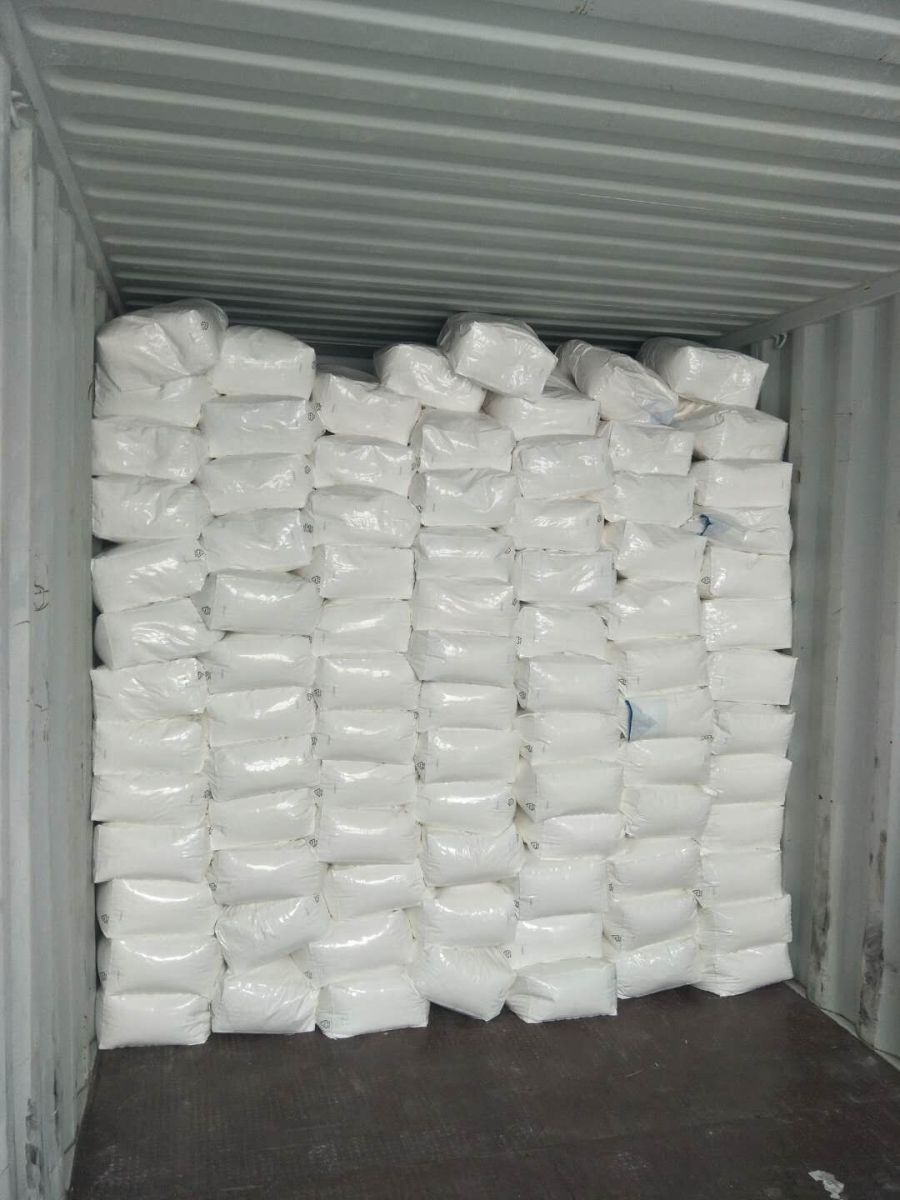Introduction
Polyacrylamide (PAM) is a synthetic polymer with unique properties, widely used as a superabsorbent material. Thanks to its unique molecular structure, this material is able to absorb large amounts of water and other liquids. In this comprehensive article, we will detail the uses of polyacrylamide as a superabsorbent material, including its mechanism of action, advantages and disadvantages.
Part I: Understanding Polyacrylamide
1.1 Chemical composition and types of polyacrylamide
Polyacrylamide is a polymer made from acrylamide monomers. It is available in three main forms:
-
Non-ionic (NPAM) – Does not contain ionic groups
1.2 Physical and chemical properties
-
High molecular weight (usually between 1 and 30 million Daltons)
-
Water solubility
-
High viscosity in aqueous solutions
-
Good chemical stability
-
The ability to form hydrophilic gels
Part II: Adsorption Mechanism in Polyacrylamide
2.1 Water absorption process
Polyacrylamide is absorbed by two main mechanisms:
-
Physical absorption: water penetration of the polymer mesh.
-
Biochemistry : the formation of hydrogen bonds between water molecules and amide groups.
2.2 Factors affecting absorption capacity
-
Polymer bonding rate
-
Environmental pH
-
Ionic power of solution
-
Temperature
-
Type and concentration of salts present
 Part III: Applications of polyacrylamide as a superabsorbent material
Part III: Applications of polyacrylamide as a superabsorbent material
3.1 Agriculture
-
Improving soil water retention: increasing the water retention capacity of sandy soils
-
Reduce irrigation frequency: Save up to 50% on water consumption
-
Increase fertilizer efficiency: reduce nutrient leakage
3.2 Health industry
-
Diapers : Fast absorbing and high quality.
-
Sanitary pad : prevents fluid leakage
-
Urinary incontinence products: comfort and high effectiveness
3.3 Construction industries
-
Sealants : waterproofing
-
Concrete: Reduces shrinkage and cracking .
-
Insulation Material : Humidity Control
3.4 Water and wastewater treatment
-
Caglomeration : Removal of suspended particles
-
Sludge treatment: reduce sludge size
-
Heavy metal absorbent : Removal of contaminants
3.5 New applications
-
Hydroponics : a medium for plant growth
-
Industrial refrigerants: evaporative cooling systems
-
Food Packaging: Absorption of excess moisture
Part IV: Advantages of using polyacrylamide as a superabsorbent material
4.1 Technical advantages
-
Very high absorption capacity (up to 500 times its own weight)
-
Fast absorption rate
-
Stability against pressure
-
Ability to absorb and excrete repeatedly
-
Compatibility with a wide range of materials.
4.2 Economic benefits
-
Low production costs compared to other supersorbents
-
Water and energy saving
-
Increased productivity in agriculture
-
Lower transportation costs due to low weight
4.3 Environmental benefits
-
Reduce water consumption
-
Reducing pollution from fertilizers and pesticides
-
Controlled biodegradability
-
Waste reduction in medical devices
Section V: Challenges and Constraints
5.1 Technical challenges
-
Allergy to metal ions
-
Low efficiency in hard water
-
Temperature limit
-
The likelihood of decomposition under strong acidic or alkaline conditions.
5.2 Health and environmental concerns
-
Residual acrylamide monomer toxicity
-
Slow decomposition in some formulations
-
Long-term impacts on terrestrial ecosystems
-
Challenges in recycling products containing PAM
5.3 Economic challenges
-
Dependence on the price of oil (as raw material)
-
R&D costs for new products
-
Competition with other natural sorbents
Part VI: Improvement and improvement of polyacrylamide
6.1 Chemical structure modification
-
Copolymerization with other monomers
-
Change the amount of cross-threading
-
Import new functional groups
6.2 Polyacrylamide compounds
-
Combination with nanoparticles
-
Made up of natural materials such as clay.
-
Formulated with polysaccharides
6.3 New production techniques
-
Controlled polymerization
-
Green synthesis methods
-
Optimize post-production processes
Section 7: Comparison with other supersorbents
7.1 Sodium polyacrylate
-
Greater absorption capacity
-
Lower cost
-
Better resistance to salts
7.2 Natural sorbents
-
Starch base
-
Cellulose base
-
Alginate base
7.3 The new generation of superabsorbent materials
-
Super Smart Absorbents
-
Catalytic-responsive supersorbents
-
Nanocomposites
 Part VIII: Receptor of polyacrylamide as a superabsorbent material
Part VIII: Receptor of polyacrylamide as a superabsorbent material
8.1 Current research trends
-
Development of low-toxic formulations
-
Intelligent superabsorbents capable of responding to stimuli
-
Application in energy technologies
8.2 Industrial forecasts
-
Market growth in the agricultural sector
-
Advanced Medical Device Development
-
New applications in medicine and tissue engineering
8.3 Future environmental considerations
-
Improved biodegradability
-
Development of recycling methods
-
Reduce the carbon footprint in production
Conclusion
As a highly effective absorbent material, polyacrylamide plays a vital role in various industries, from agriculture to medical devices. Despite the challenges, new research develops improved formulations with higher performance and lower environmental impact. The future of this material is promising, especially with the development of a new generation of smart absorbent materials based on polyacrylamide. In light of the global water crisis and the growing need for resource management , the importance of these materials will become increasingly evident in the coming years.